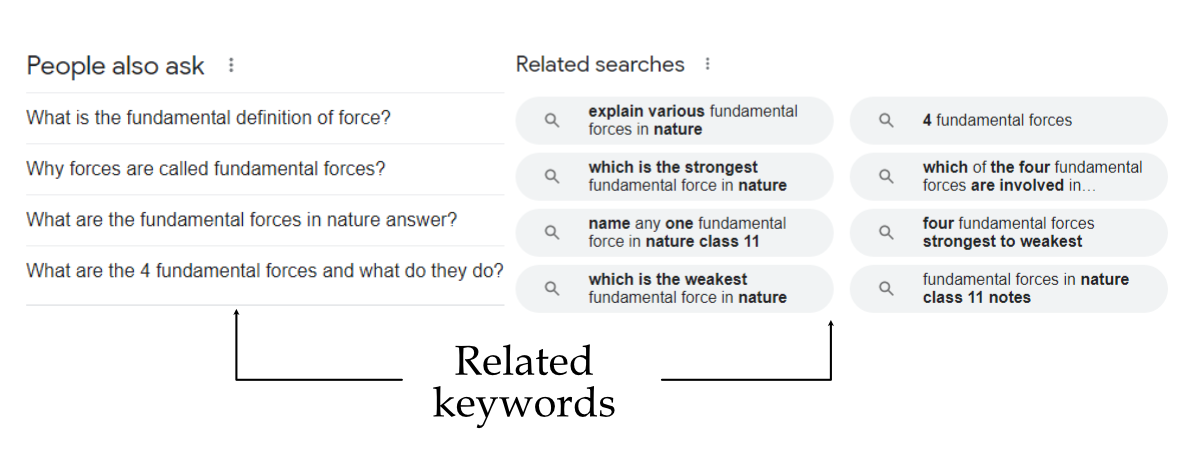How to write SEO-focused blog post?
Published:
Whenever you create content for any website, you wish that your content comes first whenever a user searches for that in a search engine like google.com. To do that, one uses a certain optimization process called Search Engine Optimization (SEO).
SEO is the process of improving the visibility of the site when users do searches for a particular product or content on the internet through search engines. Better visibility leads to a higher number of visitors to your website.
The SEO becomes critical because almost \(90\%\) content on the internet don’t get any traffic from google-searches.
In this blog post, you will see How to write content for SEO?
Writing content for SEO
Whenever a user is searching for any particular topic in the search engine. They are trying to get the result of what they are searching for, and their curiosity is satisfied in a minimum time. So, as a result the reader may scan through the entire post first.
To make user your content user-friendly, you first need to make sure that your content is structured correctly and divided into proper sections separated by headings and sub-headings.
The following key points need to be considered whenever writing content for SEO :
Heading
It should contain the main keyword + related keywords (optional) + modifiers (What, How, List, or, is, etc.)
main-keyword + related keyword + modifiers
The main heading becomes the topic of the content and should contain the main keyword as a must. You can also add another related keyword on the heading apart from the main keyword.

Sub-heading & Content block
To increase the chances of your post being first, you need to make sure that your sub-headings also contain the related keywords or their synonyms.
related kewords
In order to get more ideas about the sub-headings, you can check the suggestions offered at the end of search results or the “ People also ask:” section in search page results.
Presence of related keywords in the sub-heading improves indexing of the page.
Meta-data
It shows additional information about the page in the search results. It is not directly shown on your website page. Here is an example of what meta-data looks like when searching in a search engine.

It comprises of two things -
- Title tag [This affects ranking] - It can be the heading or a combination of heading and website name.
Main keyword + Additional keyword + modifiers
- Meta description [This doesn’t affect ranking but affects Click-through rate (CTR)]- It is a snippet that provides short and relevant summary about a particular page.
Image optimization
Image optimization has a two-fold effect. It improves the page ranking in search results and also increases the traffic coming from image search results.
Image name - The image should be named properly before uploading to the website. Instead of putting a random name, use a name that describes the image or/and keywords.
Alt tag (Alternative tag)- Another way of describing what the image is about. It is not visible on the website page directly, but it is present in the HTML file of the page. So, whenever a google goes through the page, it reads the written alt tag.
The alt tag is also visible on a website page when images are disabled.
So, the alt tag should either be a word or phrase describing the image or the page it belongs to.
Image size - Image size should be less in order to increase page loading speed.
Internal-links
Internal links are the link to different pages within the same website.
It helps improve the discoverability of your pages and, more importantly, keeps visitors engaged in your website.
- Anchor text : Anchor text is the word or phrase used to link to another page. Example- ‘Anchor text’ or the text should be descriptive.
You can add an internal link by adding an in-text link or by adding separate link blocks that contain a set of links related to that page content.
Example of in-text link: ‘Anchor text’
Example of link-blocks: “Related post” at the end of the page. 
References -
